Camilla: Queen Consort at last
Once vilified wife of King Charles has transformed her standing with the Royal Family and British public
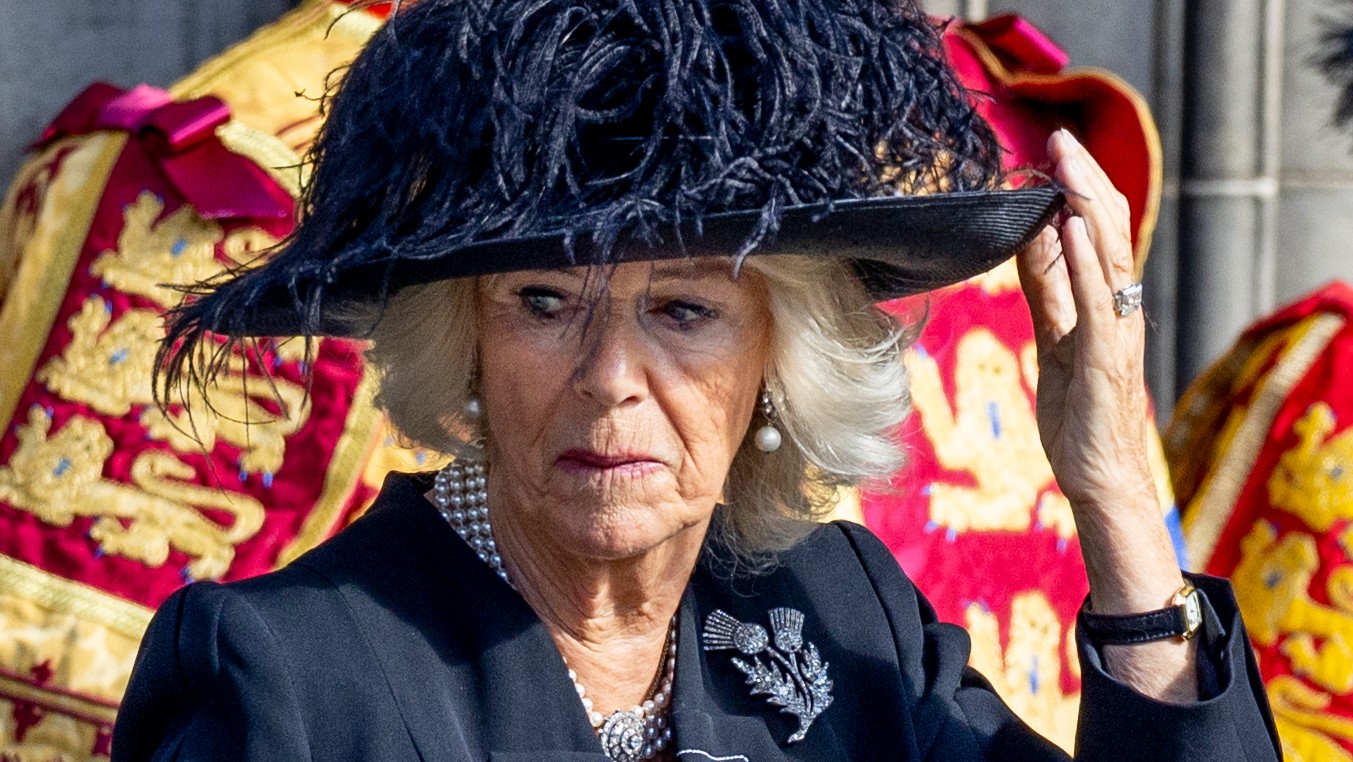
The journey from Camilla Shand to Queen Consort has been a long and tumultuous one for the wife of King Charles III.
Having married the then Prince Charles in 2005, Camilla Parker Bowles, as she was then known, chose not take the title of Princess of Wales given the huge public opposition to her following the death of Princess Diana.
Yet having once been vilified she has slowly transformed her standing with both the Royal Family and the British public.
The Week
Escape your echo chamber. Get the facts behind the news, plus analysis from multiple perspectives.

Sign up for The Week's Free Newsletters
From our morning news briefing to a weekly Good News Newsletter, get the best of The Week delivered directly to your inbox.
From our morning news briefing to a weekly Good News Newsletter, get the best of The Week delivered directly to your inbox.
It culminated earlier this year in a statement on the 70th anniversary of the Queen’s accession to the throne. In it, Elizabeth II made clear that when her eldest son takes the crown, it was “her sincere wish” that his wife, Camilla, “be known as Queen Consort, as she continues her own loyal service”.
The “candid message” set about “paving the way for Queen Camilla”, said The Observer at the time. “Charles is understood to have long harboured a firm desire his wife should carry the title of Queen Consort, and be thus crowned and anointed, when he becomes king.”
Yet “given the unprecedented length of the Queen’s reign, the title of Queen Consort will be unfamiliar to many, and might raise the question of why Prince Philip wasn’t similarly known as the King Consort”, said the i news site.
Why Queen Consort and not Queen Camilla?
The former Duchess of Cornwall has not become Queen Camilla in her own right “because the throne can only be inherited and cannot be taken by members who married into the royal family”, said The Independent.
A free daily email with the biggest news stories of the day – and the best features from TheWeek.com
She will instead be given the title Queen Consort, which will allow her to be anointed at Charles’s side at his coronation, just as the last Queen Consort, the Queen Mother, was when King George VI was crowned in 1937.
It completes a remarkable turnaround for Camilla, as few women had been “as publicly vilified” as she was, said BBC royal correspondent Sarah Campbell. “She was ‘the other woman’ in the marriage break-up of the century, endlessly compared to Diana, Princess of Wales,” said Campbell. “In choosing Charles, she upended her life. For years she was hounded by the press, her character and appearance relentlessly attacked. But she weathered the storm and gradually cemented her position as the most senior female member of the Royal Family.”
Camilla has slowly gained popularity amongst the public, with the latest YouGov poll placing her as the eighth most popular Royal, with the evolution of her title testament to that transformation.
At the time of Charles and Camilla’s wedding, she announced she would take the lesser title Princess Consort, which remained her official position until her status as Queen Consort-in-waiting was confirmed earlier this year.
What is the precedent?
The wives of ruling kings have traditionally become queen consorts – although the husbands of sovereign queens do not have the right to a royal title.
Following in the footsteps of Prince Albert, the husband of Queen Victoria, the Duke of Edinburgh was given the title of Prince Philip in 1957, five years after the Queen took the throne. Her mother, who was married to King George VI, was known as Queen Elizabeth and then, after his death, Queen Elizabeth the Queen Mother.
Though women traditionally receive an equivalent title to the male Royal they marry, men are not honoured with an equivalent title to their wives. That’s why Prince Philip did not receive the title of King or King Consort when he married Queen Elizabeth II.
This is because there are more variations of Queen than there are of King.
“A Queen can be a Queen Consort (married to a King), a Queen Regnant (reigning in her own right), or a Queen Dowager (mother of the reigning monarch),” said the Express in 2019.
“Kings, however, only exist as Kings Regnant… Camilla will be a Queen Consort when Charles succeeds his mother. Philip, on the other hand, can’t be a King, since it’s his wife (the Queen Regnant) doing the reigning.”
What does the role of Queen Consort entail?
The Queen Consort’s primary role is to “provide companionship and moral and practical support” to the reigning monarch, Buckingham Palace said in a statement.
“While the monarch plays a constitutional role in approving bills before they become law,” reported The Independent, “the Queen Consort does not hold a formal position in the structure of government”, added BuzzFeed.
She also does not see official state papers or hold official audiences, although she is Queen Consort over 15 other Commonwealth countries where King Charles is head of state.
The Times of India has reported that Camilla is also set to inherit “the world’s most controversial diamond”, the Koh-i-Noor, which forms part of the Imperial State Crown, which was originally created in 1937 for the coronation of King George VI, and later went to Queen Elizabeth II.
The paper reported that the priceless diamond, which was originally found in India’s Golconda mines in the 14th century and came into British hands during the colonial era, “is the subject of a historic ownership dispute and is claimed by at least four countries, including India”.
The Daily Mail previously reported that the crown that has the Koh-i-Noor “has only been worn by female royals… because it is said to be unlucky for men to do so”.
So what about Kate?
Given the historical precedent, and more importantly the public standing enjoyed by William and Kate, it is unlikely that she will face public opposition when William, now Prince of Wales, ascends to the throne.
While there will be no formal announcement until his coronation, it is widely assumed that she will take the title of Queen Consort Catherine – or, informally, Queen Catherine.
And George, Charlotte and Louis?
The 1701 Act of Settlement laid out the line of succession to exclude Roman Catholics and prioritise male primogeniture, meaning royal sons took precedence over their female siblings, including first-born royal daughters.
This is why the Queen’s second eldest child, Princess Anne, is behind her younger brothers Prince Andrew and Edward in line to the throne.
Ahead of the birth of William and Kate’s first child, a public outcry over the antiquated law led to Parliament passing the Succession to the Crown Act 2013.
It states that for any royal births after 29 October 2011, the succession will be decided by birth order, regardless of sex. This means that William and Kate’s second child, Princess Charlotte, will remain third in line to the throne behind her brother, with their third child, Prince Louis, now fourth in line. Their uncle, Prince Harry, follows in fifth position, with his two children behind him.
Although the bill was rushed through Parliament before the birth of Prince George in 2013, it did not formally become law until two years later, as it had to be ratified by all countries in the Commonwealth.
As well as changes to the succession, the act also allowed for members of the Royal Family to marry a Roman Catholic and become King or Queen, and replaced the Royal Marriages Act 1772, meaning now only the first six in line to the throne need the Queen’s consent to marry. It did not, however, change the law to allow a Roman Catholic to become monarch.
What title can Prince Harry and Meghan Markle’s children take?
Even before stepping down as Royals, the Duke and Duchess of Sussex had decided their son would be styled as Master Archie Mountbatten-Windsor rather than taking a title, in accordance with their wish that he grow up as a private citizen.
Now Charles is King, both Archie and his sister Lilibet “will be entitled to be styled as an HRH” by attaching the titles of Prince and Princess respectively to their names, said Town and Country.
-
 Wilde Cambridge: home-away-from-home in a prime city spot
Wilde Cambridge: home-away-from-home in a prime city spotThe Week Recommends This laid-back aparthotel is the perfect base for a weekend of exploring
-
 The best alcohol-free alternatives for Dry January
The best alcohol-free alternatives for Dry JanuaryThe Week Recommends Whether emerging from a boozy Christmas, or seeking a change in 2026, here are some of the best non-alcoholic beers, wines and spirits to enjoy
-
 A lemon-shaped exoplanet is squeezing what we know about planet formation
A lemon-shaped exoplanet is squeezing what we know about planet formationUnder the radar It may be made from a former star
-
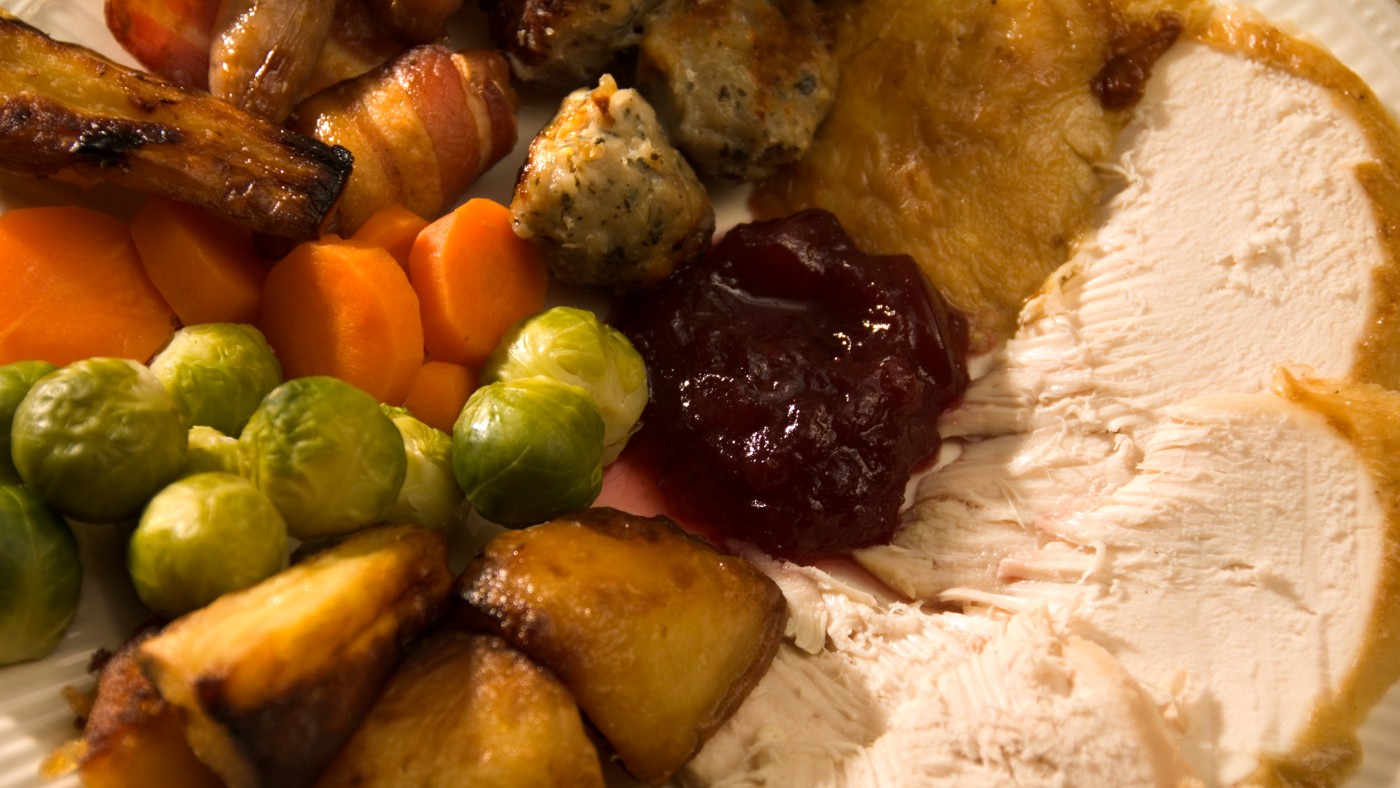 Nan who charges family for Christmas dinner puts up price
Nan who charges family for Christmas dinner puts up priceTall Tales And other stories from the stranger side of life
-
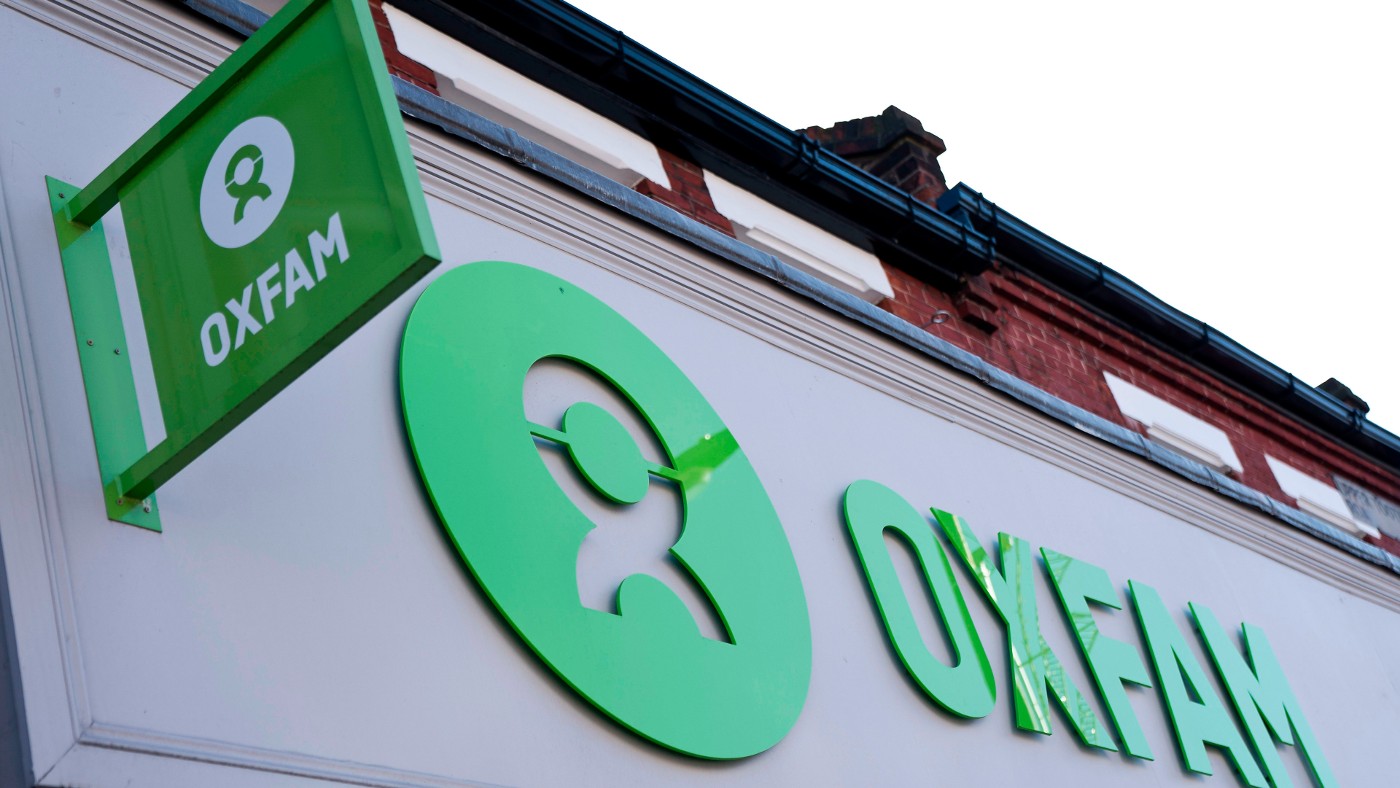 Charity shop painting sells for £25,000
Charity shop painting sells for £25,000Tall Tales And other stories from the stranger side of life
-
 Fly found in man's colon
Fly found in man's colonTall Tales And other stories from the stranger side of life
-
 Man caught after driving without licence for 50 years
Man caught after driving without licence for 50 yearsfeature And other stories from the stranger side of life
-
 Charles III crowned at Westminster Abbey in historic ceremony
Charles III crowned at Westminster Abbey in historic ceremonySpeed Read
-
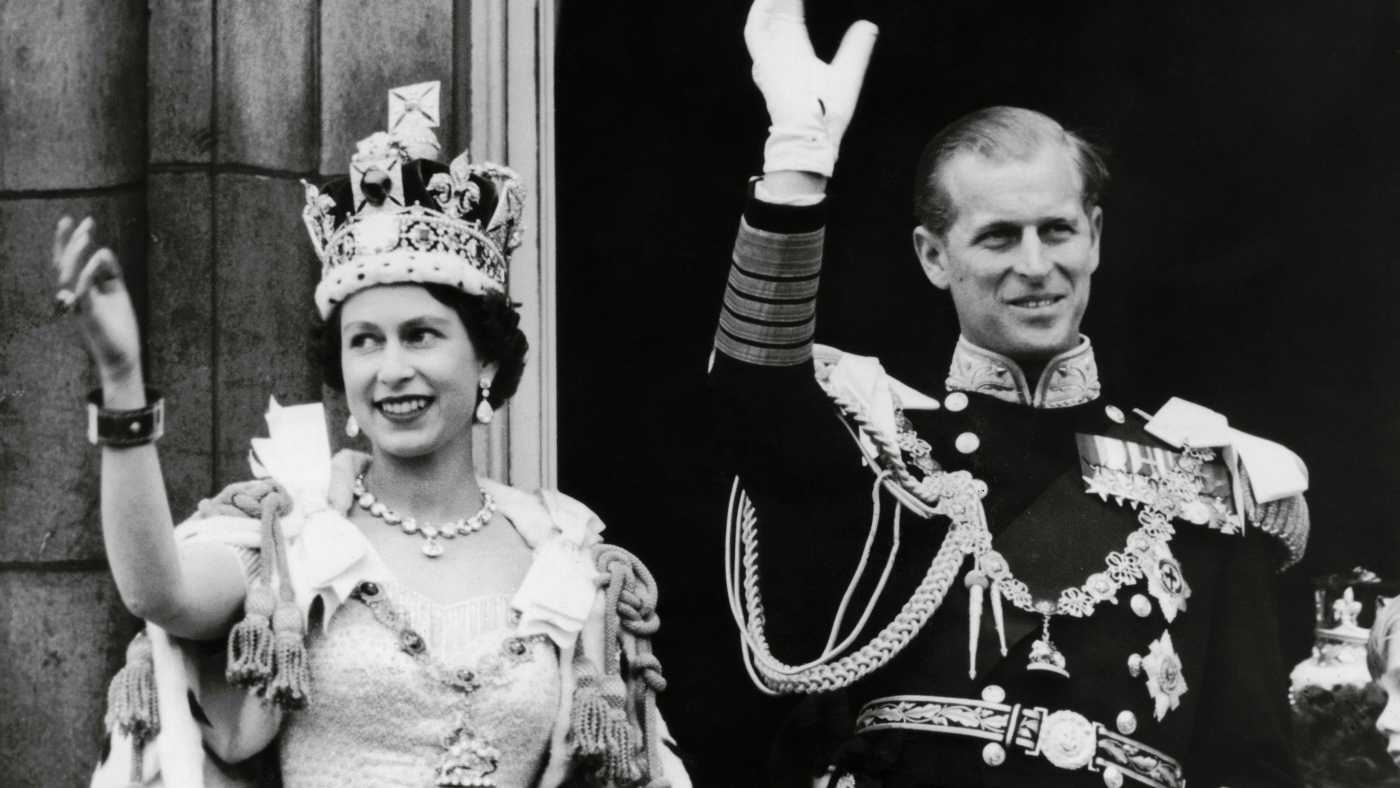 Toilet paper was stolen from Queen’s coronation
Toilet paper was stolen from Queen’s coronationfeature And other stories from the stranger side of life
-
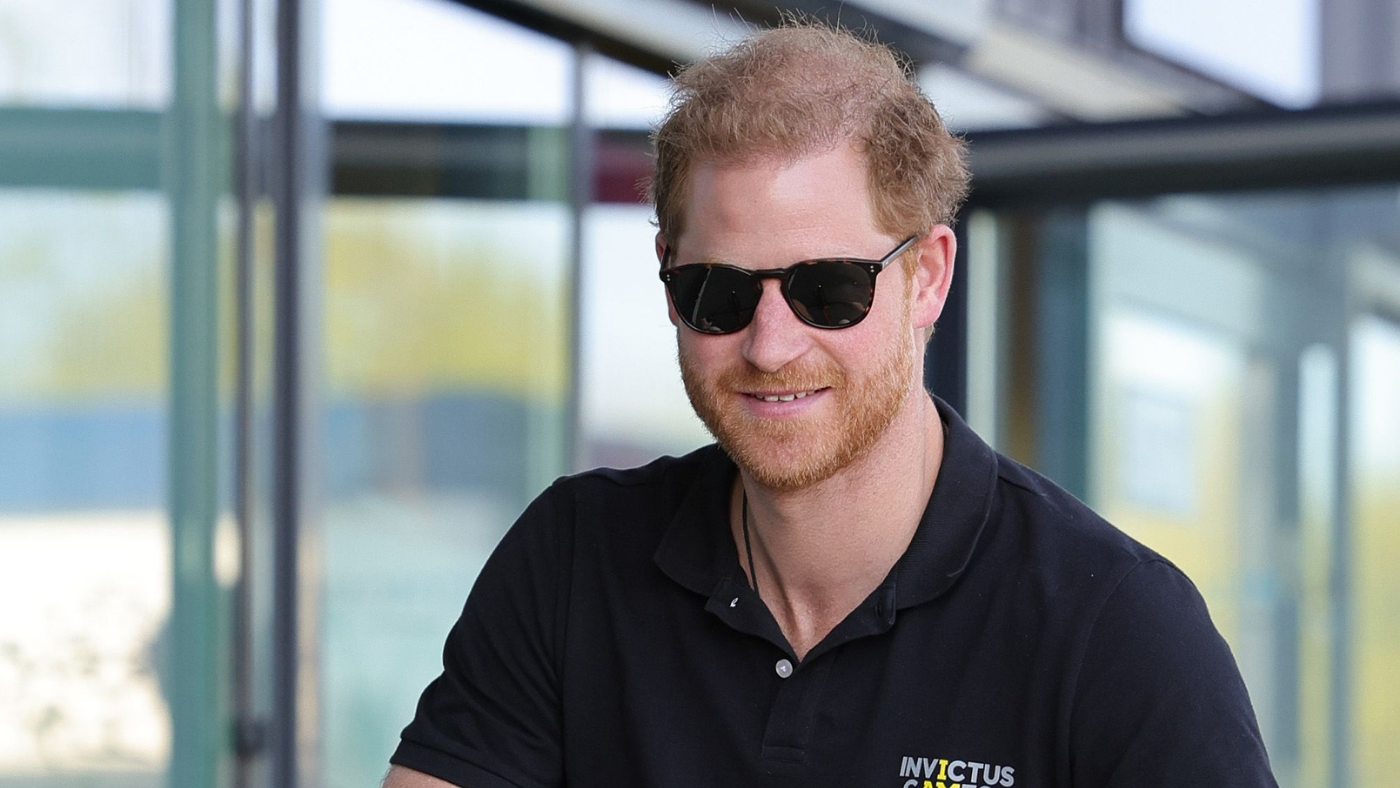 Sex toy ad joking about Prince Harry is banned
Sex toy ad joking about Prince Harry is bannedfeature And other stories from the stranger side of life
-
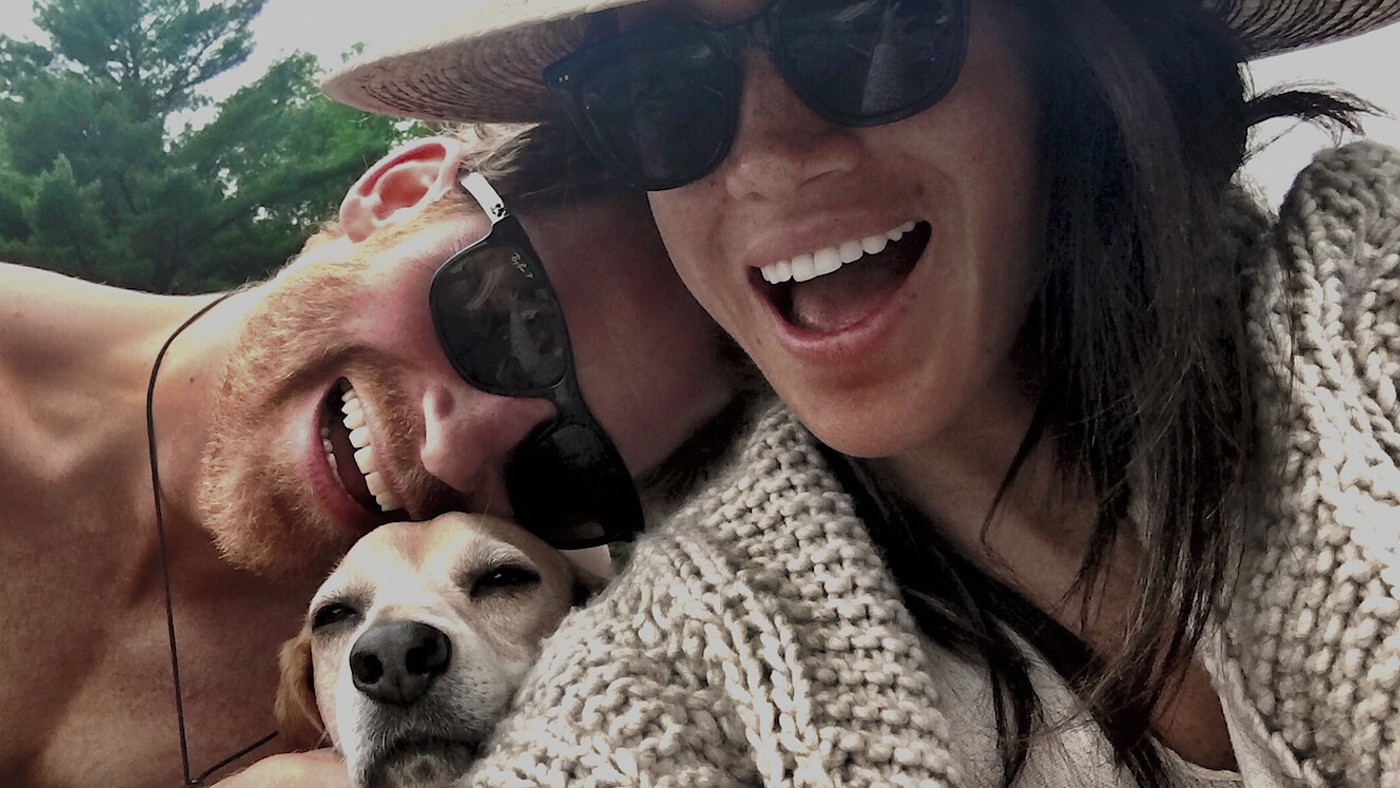 What Harry & Meghan reveals about the Duchess of Sussex’s reputation within the royal family
What Harry & Meghan reveals about the Duchess of Sussex’s reputation within the royal familyfeature New Netflix documentary shines a light on the British monarchy’s relationship with the patriarchy and whiteness